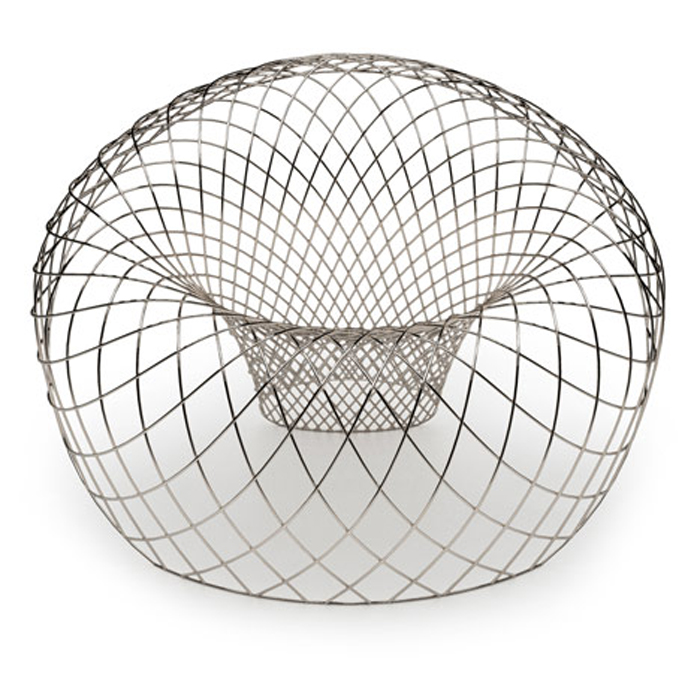
Perched like a luminous Corbusian shell on a rocky outcrop above the Balearic Sea, this new house was designed by Spanish architects Fran Silvestre, reports Jeanne-Marie Cilento. Photographs by Diego Opazo
THE building's dramatic cantilevered silhouette and isolated location on a rocky outcrop suggest a stylish lair from the James Bond films of the 1960s with Sean Connery. Architecturally the smooth, monolithic white form is designed to contrast with the craggy striations of the rugged Alicante coastline.
Although the clean, crisp lines of the house hark back to early Modernism, the dynamism of the cantilevered top storey floating above the cliff face and the building’s asymmetry give it an interesting contemporary edge. The site was so steep, the architects wanted to keep the main body of the house on one level and to adapt the rest to the land's natural contours.
The main part of the house forms a dynamic horizontal platform jutting out into space from the rock face. A balcony of 18 metres long hugs the suspended top level of the house with floor-to-ceiling glass doors. The rooms have an unimpeded vista along the coast and out to a seemingly infinite expanse of sea.
Built from reinforced concrete slabs, the house is finished in brilliant white lime stucco creating a strong juxtaposition with the surrounding landscape. The colour also unifies the design and relates to the traditional architecture of Alicante. The building is certainly luxurious with a long, shimmering blue pool on the first level reflecting the sparkling blue sea beyond.
The low-key, minimalist interior has been kept a muted, pale foil to the dramatic landscape outside and the extraordinary vista of the water. The glazed walls bring the soaring rocks inside and the olive-green bushland seems at your fingertips.
The open plan living and dining spaces are flooded with light from the glass doors that seamlessly slide back to reveal the balcony. Set back from the living area is the all-white kitchen which has everything hidden behind doors including a cooktop and exhaust that rises up from the bench when needed.
The three bedrooms all have far-reaching views across the coast and sea while the two bathrooms are on the other side of the house and face directly on to rock and scrubby bushland. The completed house is 242 square metres and cost 650,000 euros to build.
For more information about the architects visit: www.fransilvestrenavarro.com
Click photographs for full-screen slideshow
The house lit up at night with the infinity pool merging with the vista of the sea.
|
Looked at front-on the house juts dynamically out from the hillside towards the sea.
|
Looking up underneath the cantilevered main floor of the building.
|
The pool lit up at night and the hidden garage doors open.
|
The rocky outcrop in Calp with the house sitting high up on the left just above the coastal bushland.
|
The house looks anchored to the craggy landscape.
|
The falling dusk light is reflected on the glass balustrade of the 18-metre long balcony.
|
The balcony is an integral part of the house's design and under it's flat roofline.
|
A view of the house from the hillside showing the cantilevered top floor suspended above the steep slope.
|
Taking in the view from the stairway that leads down to the pool and garden terrace.
|
Swimming in the pool with the spectacular view to the rocky outcrop and the sea.
|
The house has a direct connection to Spain's traditional, white lime-washed buildings.
|
The bold architectural form stands out from the rugged landscape but also seems rooted into the earth, it's jutting main storey reflecting the stony crag above it.
|

















































